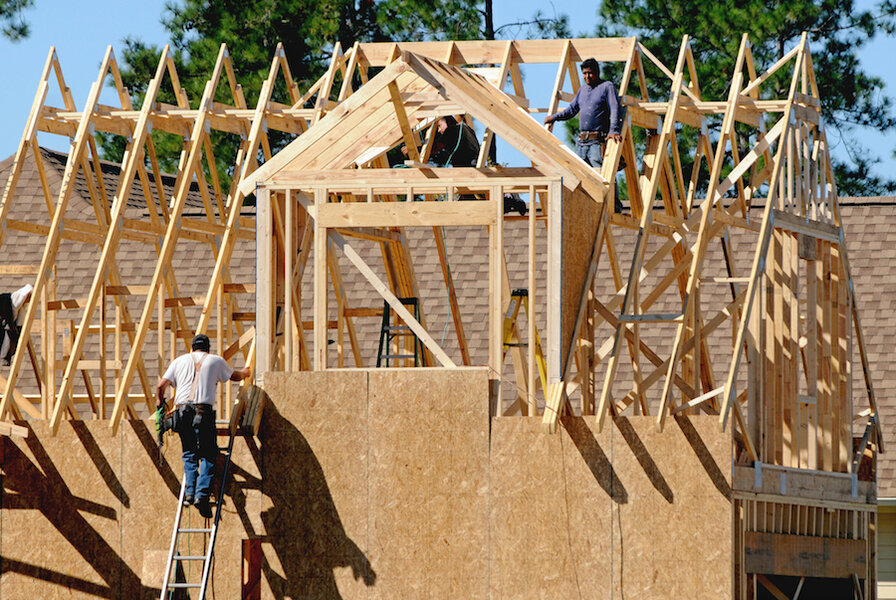US housing starts fall in January, but construction is speeding up
Loading...
| Washington
U.S. homebuilders slowed the pace of construction in January, breaking ground on fewer single-family houses ahead of the spring buying season.
Housing starts slipped 2 percent to a seasonally adjusted annual rate of 1.07 million last month, down from 1.09 million in December, the Commerce Department said Wednesday.
Leading that decline was a sharp 6.7 percent monthly drop in starts for single-family houses. Still, a healing economy has caused building activity to move at a faster clip, with single-family starts climbing 18.7 percent over the past 12 months.
Despite the monthly decline, the broader economy should help boost home sales and apartment construction this year.
"We have strong job growth, strong consumer confidence, still low borrowing costs," said Jennifer Lee, a senior economist at BMO Capital Markets.
In the past three months alone, the economy has gained more than a million new paychecks. Employers are adding workers at an annual clip of 2.3 percent, the fastest rate in the more than five-year recovery from the Great Recession.
The hiring has also fueled expectations that more millennials will sign leases on apartments. Builders have prepared for the additional demand, with apartment construction surging 12.1 percent in January and 24.5 percent over the past 12 months.
The improving labor market is expected to trigger greater demand to buy homes, boosting prices and then causing builders to further ramp up construction.
Metro areas with the fastest job growth are experiencing larger increases in home prices, Jed Kolko, chief economist at the real estate firm Trulia, said in a report last week.
"A growing economy fuels housing demand," Kolko said. Among the 10 metro areas with the biggest year-over-year price increases, nine had at least 2 percent job growth, he noted.
Builders are projected to break ground on 1.2 million new homes and apartments this year with activity strengthening even further in 2016 to 1.49 million homes constructed and 1.61 million in 2017, according to Macroeconomic Advisers, a private forecasting firm.
Still, the gains have yet to fully appear ahead of the spring buying season.
Much of January's decline in single-family house construction occurred in the Midwest, while the South and West experienced smaller drop-offs in that segment.
Starts could also fall slightly in February because the number of approved building permits declined 0.7 percent last month to a seasonally adjusted annual rate of 1.05 million.
The National Association of Home Builders/Wells Fargo builder sentiment index dropped in February, falling to a reading of 55 from 57 in January. Much of that decrease came from less buyer traffic, as winter storms this month cut into model home visits. Still, readings above 50 indicate that more builders view sales conditions as good rather than poor.
Building activity should increase with warmer weather, as more potential buyers tour open houses and take advantage of mortgage rates near historic lows.
The 30-year fixed rate mortgage averaged 3.69 percent last week, compared to 4.28 percent a year ago, according to the mortgage firm Freddie Mac.






